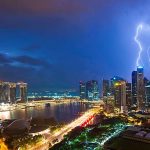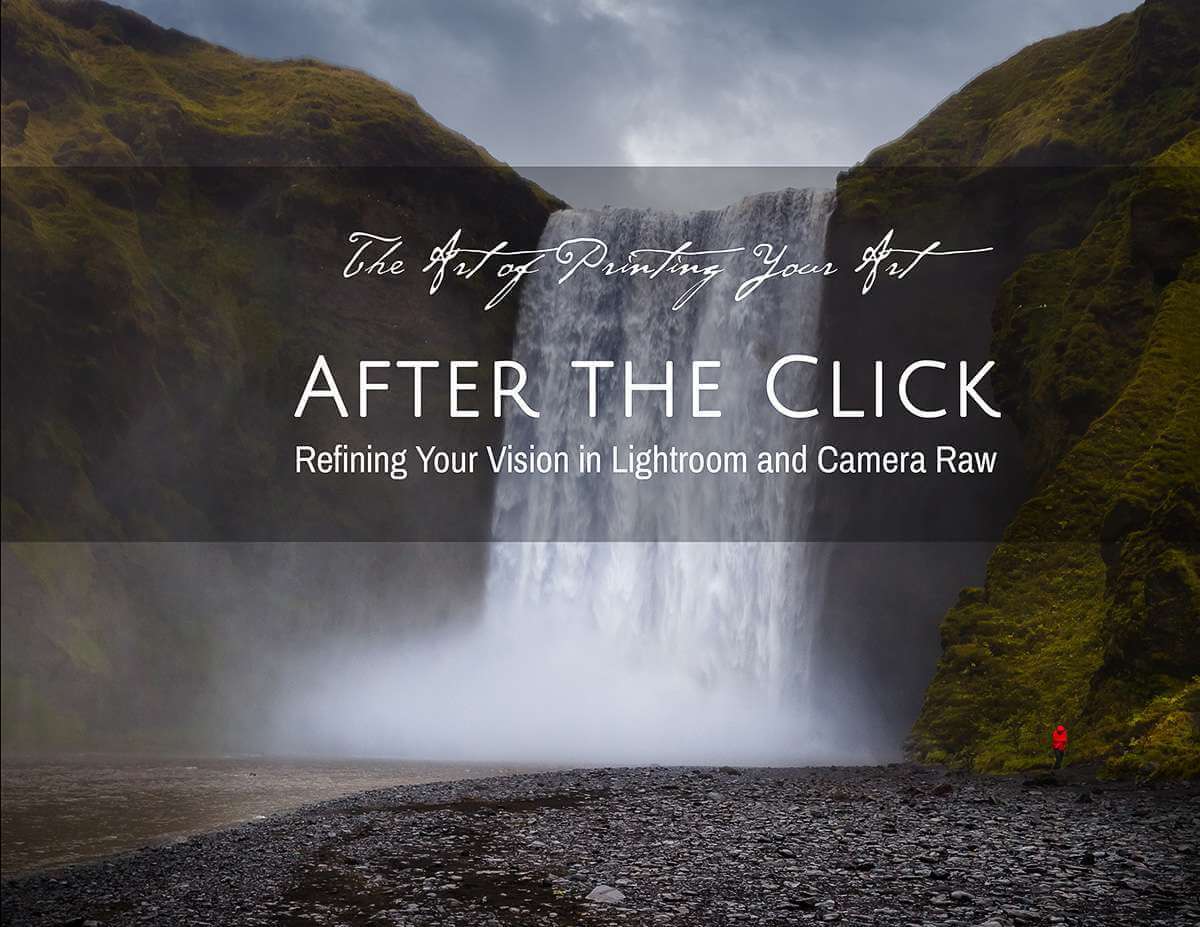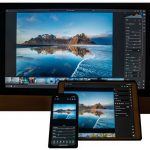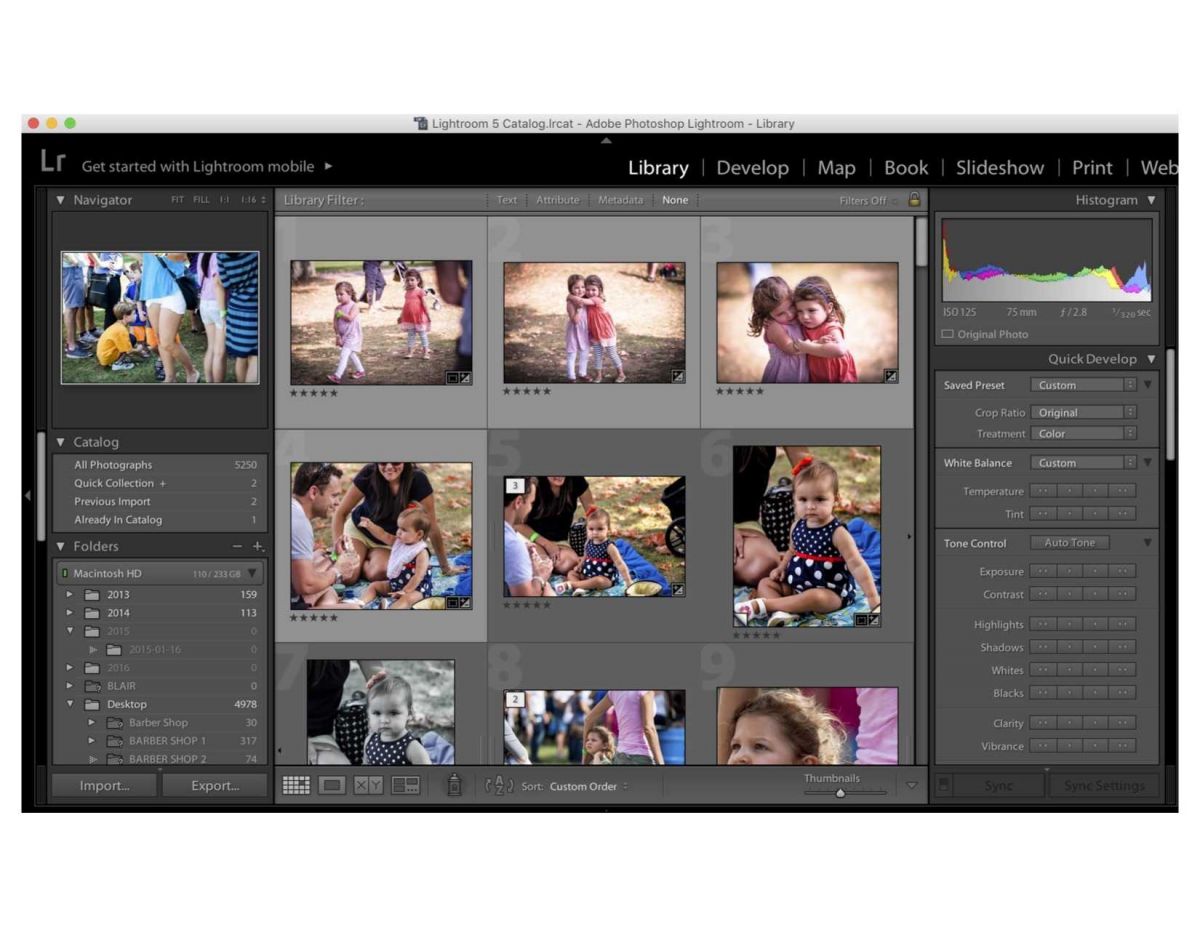Creating Through Chaos: How Emotional Upset Can Lead to Your Best Work
We’ve all been there. Life throws a curveball, emotions run high, and everything feels off balance. Whether it’s a personal setback, a conflict with someone close to you, or simply the heavy weight of stress and worry, emotional upset can feel like a roadblock to creativity. Yet, some of the most powerful and authentic work can emerge precisely from these challenging emotional moments.
It may sound counterintuitive, but emotional turmoil can serve as an unexpected catalyst for deep, impactful creativity. Instead of pushing those emotions aside or waiting for them to pass before diving into work, many artists, writers, musicians, and creators find that their best work comes not in spite of emotional upset, but through it. Here’s why.
The Power of Raw Emotion
When you’re emotionally charged, you’re connected to something raw and deeply personal. Whether it’s pain, anger, confusion, or even joy, these emotions bring out a truth in your work that can’t always be accessed when you’re in a calm, neutral state of mind. Emotional upset often strips away the barriers we put up—those protective layers that prevent us from expressing our most authentic selves.
This rawness is what makes your work feel alive. It’s where authenticity resides. Think of the songs, poems, or pieces of art that have resonated most deeply with you. More often than not, they were created by artists who were wrestling with their own emotions, vulnerabilities, or personal struggles. Those pieces feel real because they *are* real.
Emotional upset can give you access to a wellspring of emotion and experience that you might not tap into under normal circumstances. The pain, frustration, or confusion you’re feeling might seem like a distraction, but in fact, it can fuel a creative explosion. The trick is learning how to channel those emotions into your work, rather than letting them derail your process entirely.
Creativity as a Form of Emotional Release
For many creators, art is not just a means of expression but also a form of release. Creating can be incredibly cathartic—a way to work through emotional turmoil and make sense of what’s happening inside. Writing, painting, or making music when you’re upset can act like a pressure valve, letting off steam and providing a sense of relief.
This isn’t to say that every piece you create during emotional upset will be perfect—or even that you should expect it to be. But the very act of creation can help you process difficult emotions in a constructive way. Instead of bottling up feelings, you channel them into your work, using it as a tool for personal growth and healing.
Sometimes the best way to navigate emotional turbulence is by diving into it headfirst, allowing yourself to feel deeply and then using that energy to fuel your creative output. Your work doesn’t have to be a direct representation of your emotional state—it can simply be an outlet for the intensity of feeling that you’re experiencing.
Emotions Can Deepen Your Work
While emotional upset might not always feel conducive to productivity, it can actually deepen the complexity and richness of your work. When you’re emotionally vulnerable, you’re more likely to make creative choices that push your work into new territories. You may find yourself taking risks or exploring themes you would have otherwise avoided. When you’re upset, there’s less of the self-editing, perfectionist voice telling you what is or isn’t acceptable. Instead, you give yourself permission to explore, experiment, and express in ways that feel raw and unfiltered.
Emotions can also add layers to your work. A painting may have a darker tone, a poem may resonate with an underlying sadness, or a story might take a turn toward tragedy. These emotional depths create work that feels textured, complex, and undeniably human. When you’re working through emotional upset, you have the opportunity to explore parts of yourself and the world that you might not normally allow yourself to access in the more “rational” moments of life.
Tricky Balance of Creation and Emotion
While emotional upset can be a powerful source of creative fuel, it’s important to be aware of how you use that energy. It’s one thing to channel your feelings into your work, but it’s another to allow yourself to be completely consumed by them. If your emotions overwhelm you to the point of paralyzing your creativity, you may need to take a step back and focus on emotional self-care first.
At the same time, emotional upset doesn’t have to derail your creative process. You can create in the midst of pain, frustration, or sadness. It might not look or feel the same as work created in a more peaceful state, but that’s part of the beauty. When you embrace your emotional state and use it as the engine behind your creativity, you invite something unique into your work.
How to Create Your Best Work Through Emotional Upset
So how can you harness the energy of emotional upset and turn it into creative power? Here are a few tips:
1. Lean into the Emotion: Don’t avoid the feelings you’re experiencing. Instead, embrace them. Use them as a source of inspiration for your work. Write, paint, or create from that raw place, even if it feels uncomfortable.
2. Let Go of Perfection: When you’re emotionally upset, it’s easy to get caught up in wanting everything to be just right. But emotional creativity often thrives in imperfection. Give yourself permission to make mistakes and experiment without judgment.
3. Create for Yourself First: When you’re emotionally charged, the urge to share your work might feel urgent. But sometimes it’s best to create just for you. Use your work as a form of personal processing, not for external validation.
4. Allow the Work to Evolve: Don’t force your work into a predetermined shape. Allow it to develop organically as you work through your emotions. You might surprise yourself with what emerges when you give the creative process the space to unfold naturally.
5. Give Yourself Time: Emotional upset can sometimes make everything feel intense and immediate. But creativity takes time. Don’t rush the process. Allow yourself the time and space to create and reflect, even when you don’t feel “ready.”
6. Take Breaks When Needed: It’s important to listen to your emotional needs. If the intensity becomes overwhelming, step back. Sometimes, emotional release doesn’t happen all at once—it’s a gradual process that requires patience.
Conclusion
Creating your best work during emotional upset isn’t about turning your emotions into a polished masterpiece immediately. It’s about using the raw energy of those emotions to fuel something real, unfiltered, and powerful. Emotional turmoil can serve as a catalyst for creativity, offering a deep well of material to explore, express, and transform. By allowing yourself to feel, create, and process all at once, you open the door to work that is as authentic and complex as the emotions you’re navigating. So next time you find yourself in the midst of emotional upset, don’t shy away from your creativity—embrace it. Your most honest, transformative work might be waiting just on the other side of your feelings.
Become the best photographer you can be
 Whether you are new to photography or have been shooting for years, you won’t want to miss taking a class with Brit Hammer.
Whether you are new to photography or have been shooting for years, you won’t want to miss taking a class with Brit Hammer.
Brit has been mentoring photographers and artists for over 20 years. She is an experienced creativity coach and will work with you where you’re at AND help you reach your own personal next level.
Most importantly, Brit’s students love her gentle image reviews that are always full of positive energy!
Brit’s classes are offered just 4 TIMES PER YEAR.
Secure your spot now!
Finding Beauty
Beautiful Black & White
“There are great photographers and great teachers, but it is rare to find a great photographer who’s also a wonderful instructor; Brit embodies that rare combination.”
MORE FROM BRIT
Private mentoring
Photography tutorials
Fine Art Prints – The TERRA Collection
WHAT BRYAN PETERSON SAYS ABOUT BRIT HAMMER
“I rarely speak out with this level of enthusiasm for any of our instructors because ALL of our instructors are equally great in teaching their individual craft, so why have I chosen to call attention to one of our instructors, Brit Hammer? Simply because of Brit’s ability to transform each of her students’ vision from good to great consistently, time and time again; in part because of her insightful lessons, but I can say unequivocally that Brit’s greatest strength is her in-depth and disarming critique style of each student’s weekly assignments. It is the most often comment I receive from BPSOP students: ‘Brit’s critiques were the greatest value in this course. The assignments were great, BUT the critiques were by far the most valuable!’ In closing, if you have yet to take a class from Brit, consider filling the ‘void’ with the best opportunity to grow your photography in ways you have perhaps never imagined!“ — Bryan F. Peterson










